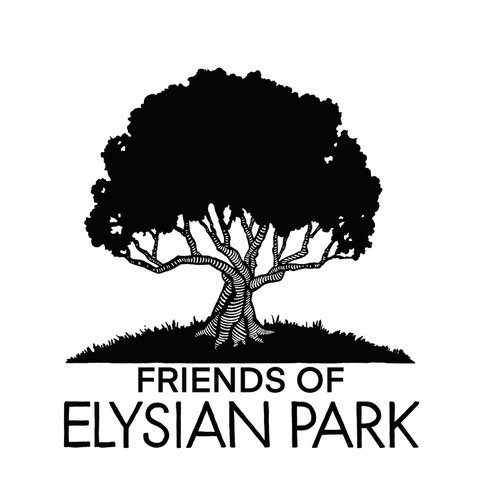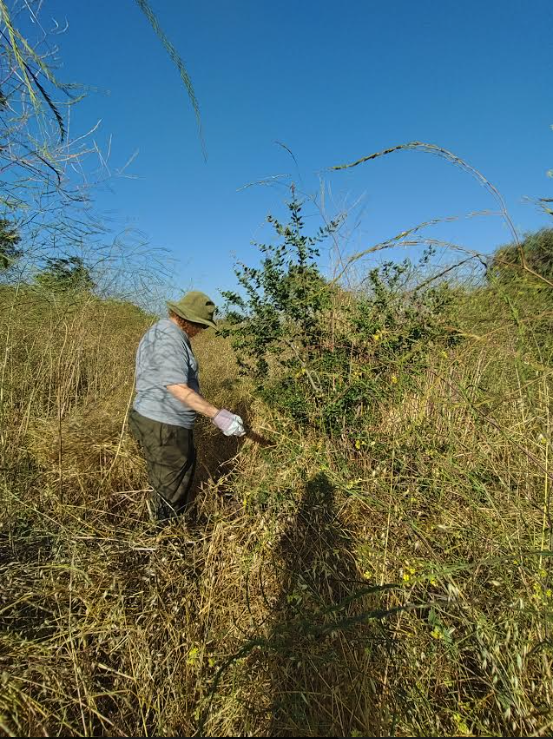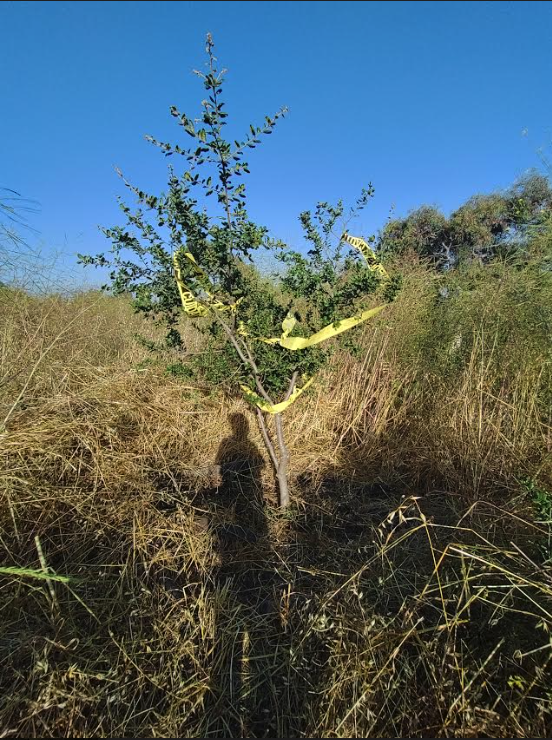Battling Black Mustard: A Community Effort in Elysian Park
The wet winter of 2022/2023 brought with it an unexpected challenge as heavy rainfall led to the rapid proliferation of black mustard seed plants, particularly in the serene Quintero Ridge area. Towering up to 12 feet, these invasive weeds posed not only an aesthetic concern but also raised alarms about fire safety within the park.
The Los Angeles Recs and Park department, tasked with maintaining the park's natural beauty, faced a daunting task. However, due to various constraints, including the timing coinciding with the fireworks season, action to curb the spread of black mustard weeds was delayed until the 4th of July weekend of 2023. Recognizing the urgency of the situation, members from Friends of Elysian Park and the Quintero neighborhood came together to proactively tackle the challenge of black mustard.
Timing is Everything
With lessons from the past year, the community embarked on an experiment to tackle the black mustard invasion head-on. With another rainy season looming, it was imperative to act swiftly. Early in the growth cycle of the weeds, volunteers began pulling them out, taking advantage of the softened ground following rainfall. This proactive approach aimed not only to prevent the spread of black mustard but also to minimize the risk of fire damage, a crucial concern in Southern California's dry climate.
One key lesson emerged from this community effort: timing is everything. Pulling out the black mustard weeds is most effective when the ground is soft. As a rule of thumb, if the black mustard is flowering, it should be composted immediately to prevent further seed dispersal. During dry periods, when the soil is hardened, the task becomes significantly more challenging. Therefore, seizing the opportunity during softer ground conditions is essential for successful weed removal.
Aggressive Invasive Species Present Many Problems in Southern California
But why is it so crucial to combat invasive species like black mustard in Southern California? The answer lies in the delicate balance of the region's ecosystem. Native plants and wildlife face immense pressure from aggressive invaders like black mustard, which outcompete indigenous flora and disrupt the natural habitat. Furthermore, in a region prone to wildfires, the presence of invasive weeds exacerbates the risk, as they can act as fuel for the flames, threatening both the environment and nearby communities. In an urban park surrounded by people’s homes, such as Elysian, this issue is particularly urgent.
By taking proactive measures to remove invasive species, communities like those in Elysian Park are not only preserving the park's natural beauty but also safeguarding against potential environmental hazards. The collaborative efforts of residents, supported by local authorities and organizations, serve as a shining example of community stewardship in action.
As we look ahead, let us draw inspiration from the resilience and determination displayed by the Elysian Park community. Together, through continued vigilance and proactive measures, we can protect and preserve our precious green spaces for generations to come. Join us in the fight against invasive species and let's ensure a vibrant and sustainable future for this park and natural landscape.


